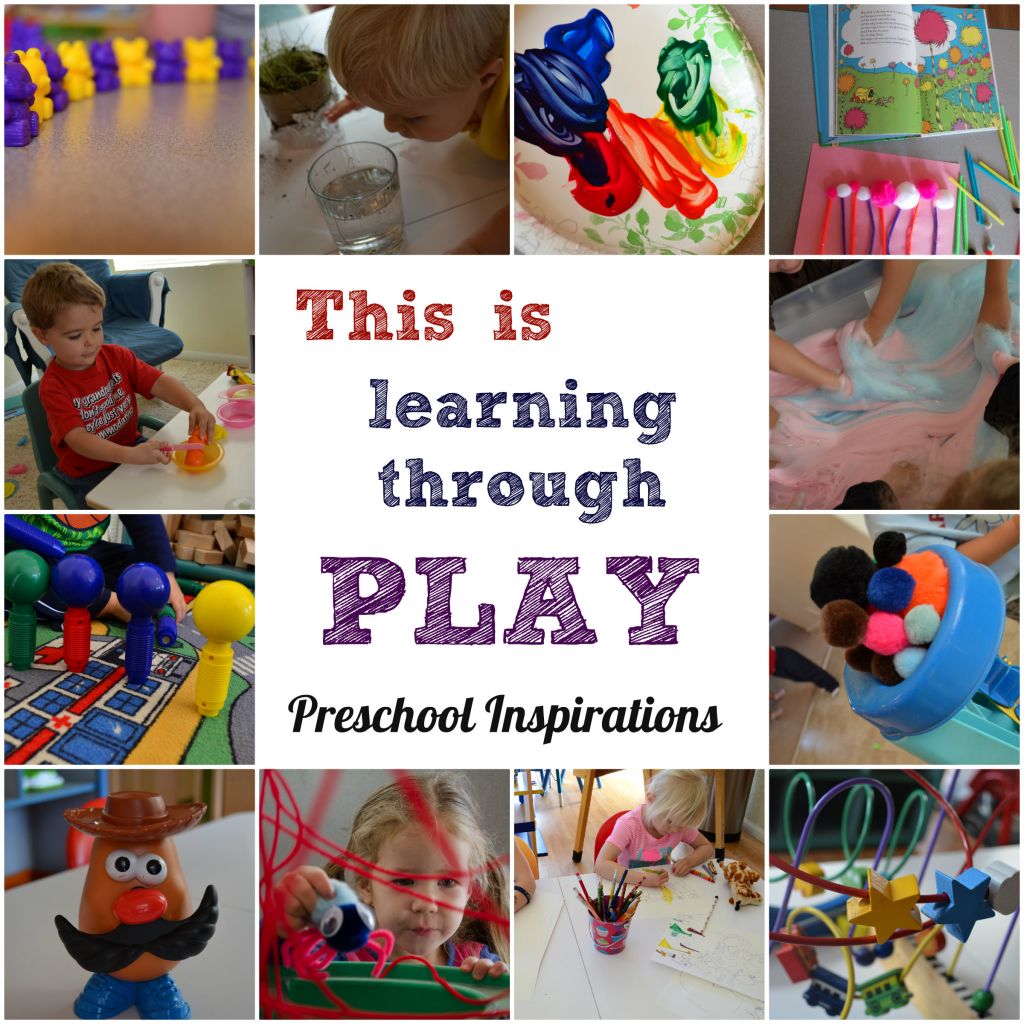Observing teacher practice
Pre-observation conversation
- Decide on a specific area of teaching practice which should impact positively on student learning outcomes
Observation-collect data
It is important that the observer is clear about the focus for the observation and the ideal is that, in partnership with the teacher, the observer will design a method of observing and template that will be ideal for the identified focus.
- Process of designing observations
- rubrics
- open ended
- time series
- frequency count
- mobility mapping
- sweep
Post observation conversation
This takes place after the lesson observation
- Find a quiet space to dialogue
- Create a warm, friendly and informal climate
- Begin with questions
- Be an active listener ( & take notes?)
- Help the teacher to identify episodes of good teaching first (medals)
- Allow teacher time to reflect & ask questions
- Help teacher to make sense of their experience
- Ask critical questions & set new targets (missions)
Coaching (action)
- coaching questions
Analysing and interpreting data
Leaders enable the systematic collection of information pertaining to school goals & standards
-Collect
Diagnose individual students strengths & weaknesses to help teachers decide how to respond to individual learning needs. All assessment data should inform decisions, either at the class or school level
-
Analyse
Analysis generally involves a comparison of actual achievement against expectations
-
Use
Schools should collect data that they are going to use. Modifications/ programme choice based on analysis & interpretation.
Learning talk framework
Challenging talk: What can be done differently?
The talk is challenging us to:
- change on ineffective practice
- fine-tune a practice
- try new strategies
- justify or affirm a practice
Critical talk: Why is it happening?
Interpreting and diagnosing reasons and connections
Analytical talk: What is happening?
Evidence-based talk that enables us to analyse and judge our effectiveness.
Appraisal
Fronting an issue
Describe (neutral) eg. 'yesterday', 'when'
Effects (no blame) Outcome - 'as a result' & Reaction - 'I felt like...'
Specify (no expectations) Reasons: 'because' & Action to be changed - 'and what I'd like is...'
Consequences (no threat) eg. 'when that happened I ....'
Be:
descriptive, honest, direct, calm
Don't:
Blame, judge, make threats, consider that only the other person should change.
Open to learning conversations
1. Say what I think
2. Say why I think
3. Invite the other's point of view
4. Clarify your understanding
5. Detect and check important assumptions
6. Establish common ground
7. Make a plan


















